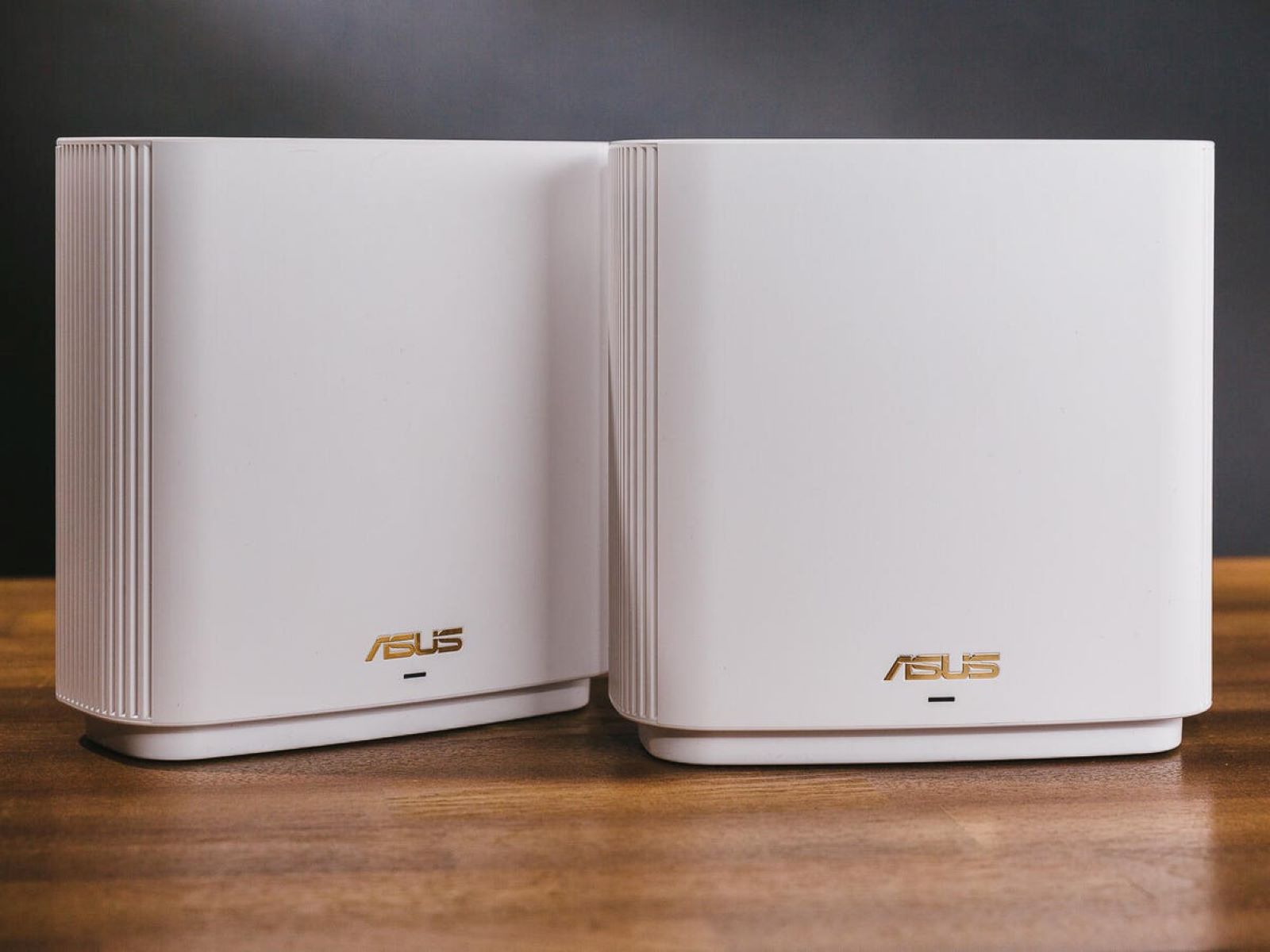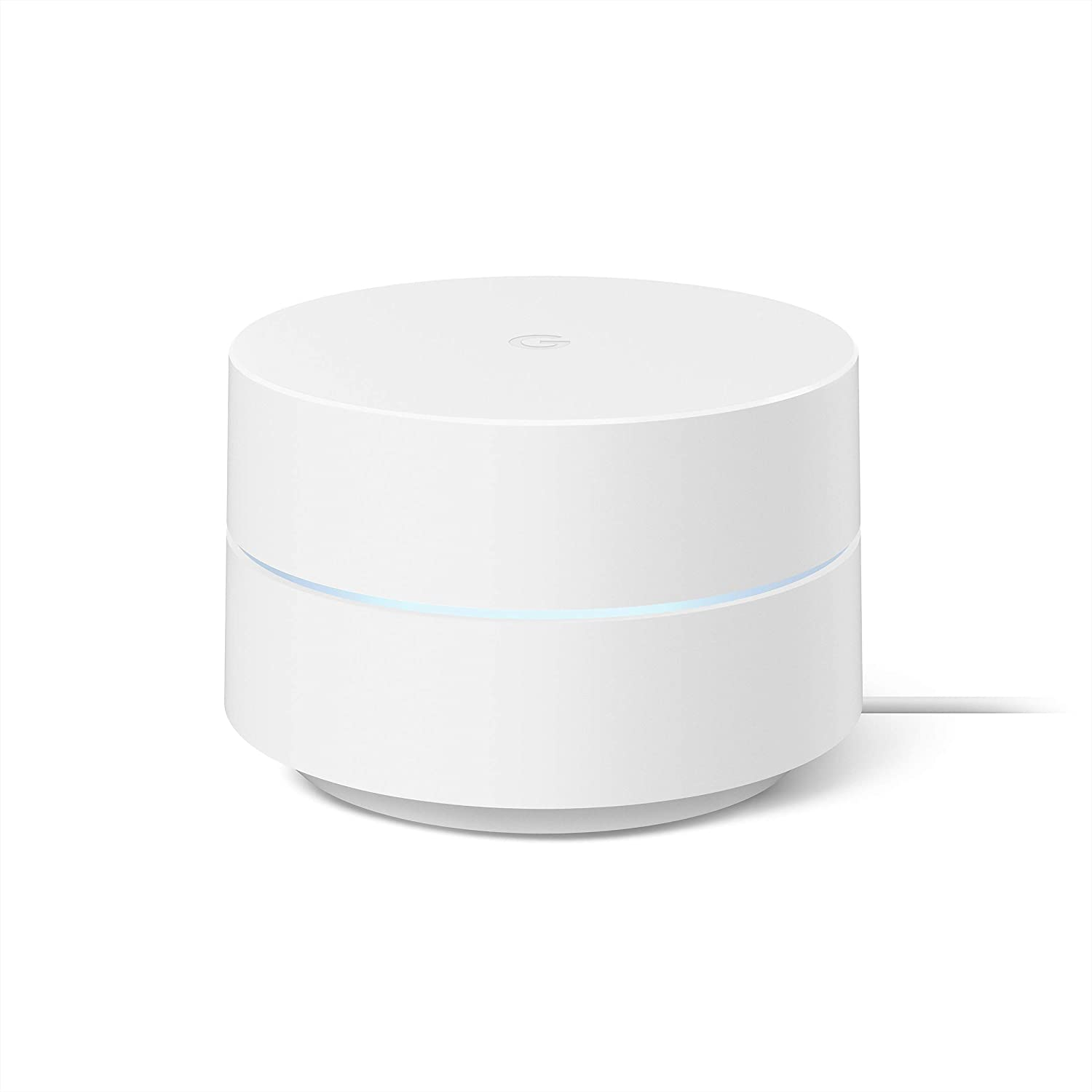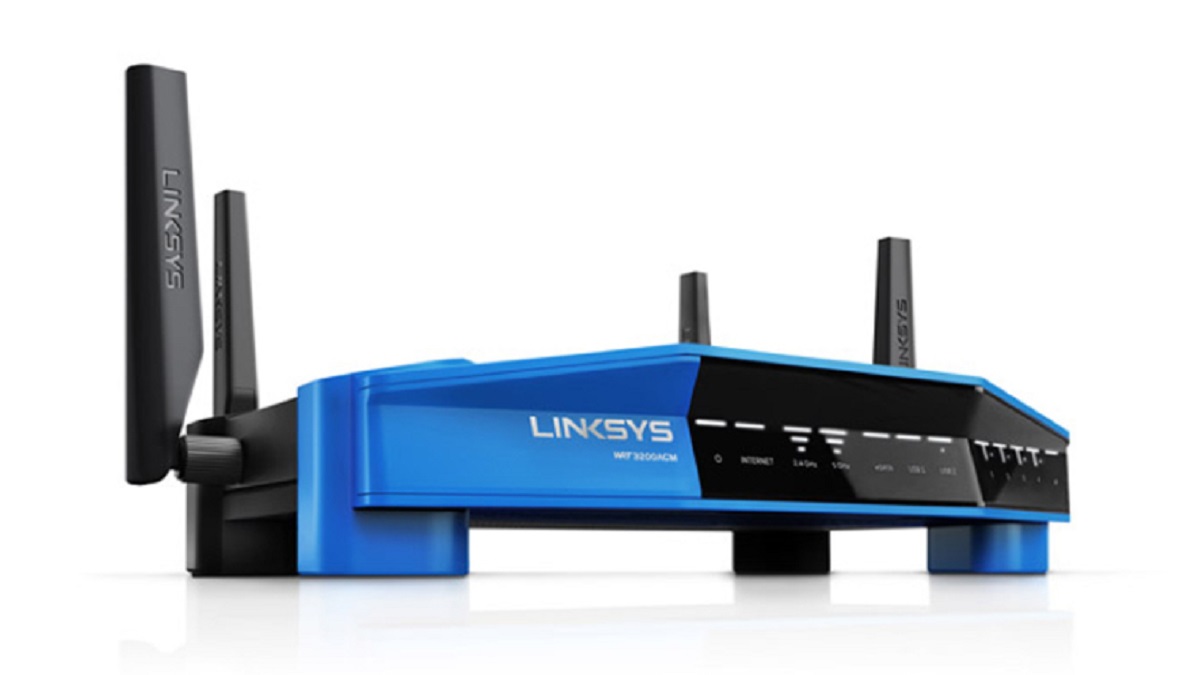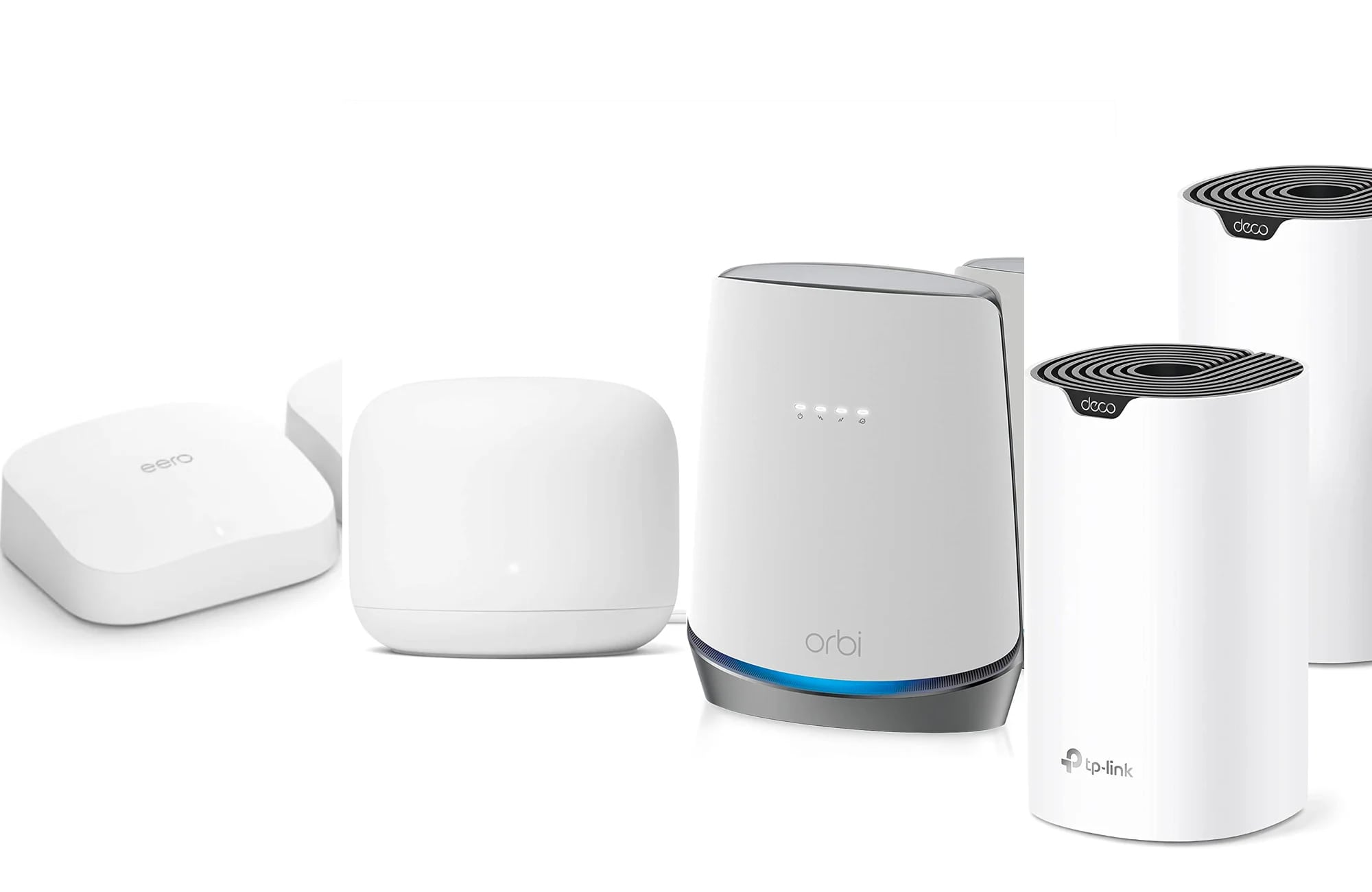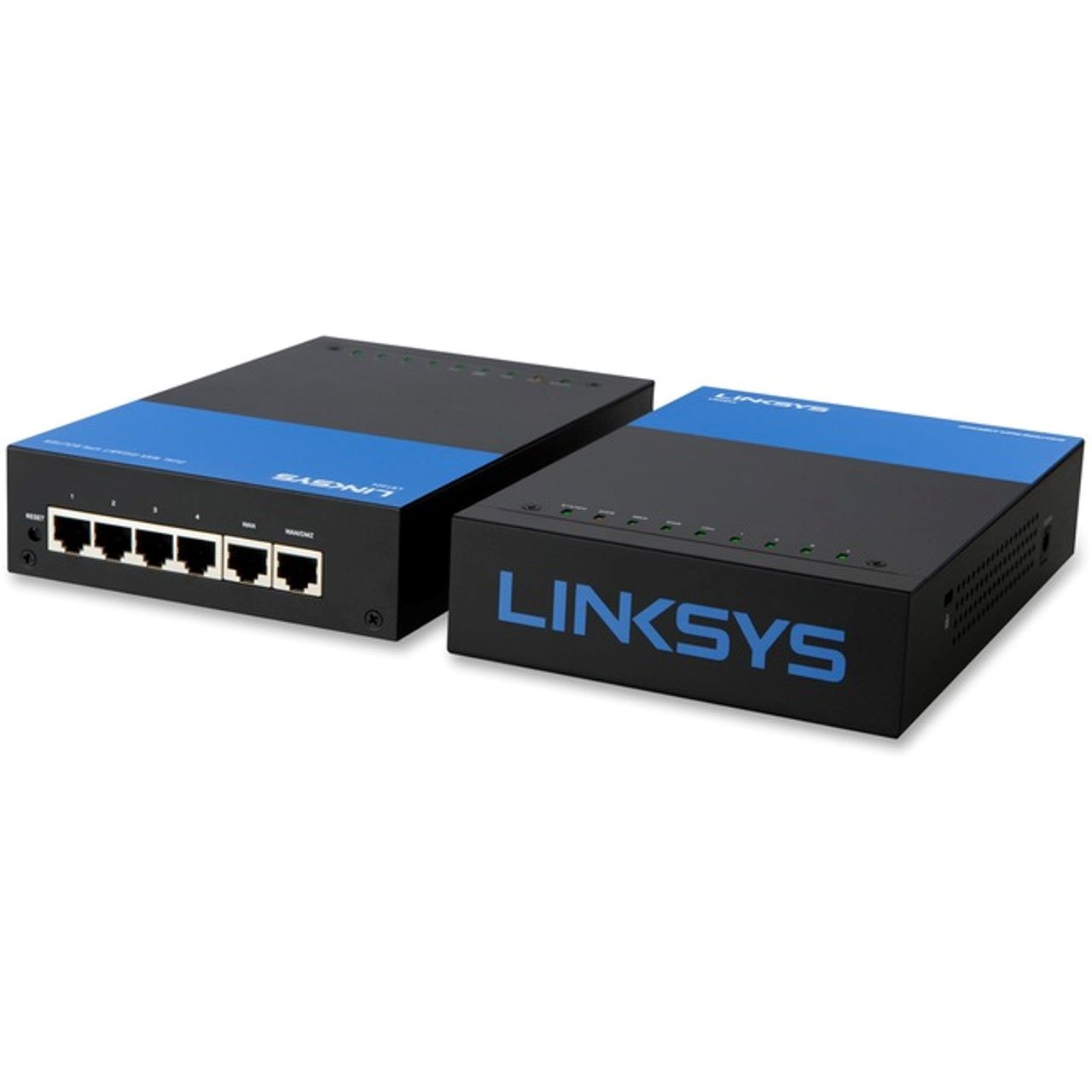Introduction
Welcome to the world of mesh routers, where seamless Wi-Fi coverage and strong signals are no longer distant dreams. In today’s connected world, having a reliable and fast internet connection is crucial, whether you are streaming, gaming, or simply browsing the web. Traditional wireless routers often struggle to provide consistent coverage throughout large homes or offices, leading to frustrating dead zones and slow internet speeds.
This is where mesh routers step in to save the day. Mesh routers are a revolutionary solution that addresses the limitations of traditional routers by creating a wireless network that blankets your entire space with strong and reliable Wi-Fi signals. Designed to eliminate dead zones and provide seamless connectivity, mesh routers offer a host of benefits that can dramatically improve your internet experience.
In this article, we will delve into the world of mesh routers, exploring how they work, their advantages, and how to set up and manage a mesh router network. Whether you’re a tech enthusiast looking to upgrade your home network or a business owner in need of a reliable Wi-Fi solution, this article will provide you with valuable insights into the world of mesh routers.
So, let’s dive in and discover how mesh routers can revolutionize your internet experience!
What is a Mesh Router?
A mesh router is a type of wireless network system that consists of multiple interconnected devices, known as nodes or access points, working together to create a single, seamless Wi-Fi network. Unlike traditional routers that rely on a single device to transmit signals, mesh routers distribute the workload across the network, ensuring strong and consistent connectivity throughout your entire space.
Each node in a mesh router network acts as an access point, providing Wi-Fi coverage to a specific area. These nodes communicate with each other, forming a mesh network, hence the name “mesh router”. The intelligent software in the mesh routers allows them to dynamically adjust the signal strength and route data efficiently, ensuring that you stay connected even when you move from one area to another.
One of the key features of a mesh router system is that it creates a unified network, with a single SSID (Service Set Identifier) and password. This means that you don’t have to manually switch between different Wi-Fi networks as you move around your home or office. Instead, your device seamlessly transitions between the nodes, ensuring uninterrupted connectivity.
Additionally, mesh routers often come with advanced technologies such as beamforming and MU-MIMO (Multi-User, Multiple-Input, Multiple-Output), which further enhance the performance and efficiency of the network. Beamforming directs the Wi-Fi signals towards connected devices, improving speed and range, while MU-MIMO allows multiple devices to simultaneously connect and receive data, preventing congestion and slowdowns.
Overall, a mesh router is a powerful solution for extending and improving Wi-Fi coverage in large homes, offices, or even outdoor spaces. By creating a seamless network and utilizing advanced technologies, mesh routers provide a reliable and fast internet connection, eliminating the frustrations of weak signals and dead zones.
How does a Mesh Router work?
Mesh routers work by utilizing multiple nodes or access points to create a wireless network that extends the coverage and ensures a strong and reliable Wi-Fi signal throughout your space. Unlike traditional routers that rely on a single central device to transmit signals, mesh routers distribute the workload across the network, resulting in improved coverage and performance.
When you set up a mesh router system, you typically have one primary router unit connected to your modem. This primary router acts as the main hub and manages the network. The other nodes are strategically placed throughout your home or office, creating a mesh network.
Each node in the mesh network communicates with the others, sharing data and signals. When your device connects to the mesh network, it automatically connects to the node with the strongest signal. As you move around the space, the nodes work together to ensure a seamless transition between access points, so you don’t experience any interruption or drop in connectivity.
Mesh routers use a technology known as dynamic routing, where the nodes intelligently decide the best path for transmitting data. This allows for efficient and optimized data flow, ensuring fast internet speeds and reduced latency.
In addition to dynamic routing, mesh routers employ advanced technologies such as self-healing and self-optimization. If one node fails or experiences a problem, the other nodes can automatically adjust and reroute the signals, maintaining a stable connection. This self-healing feature eliminates the need for manual troubleshooting and ensures seamless operation of the network.
Furthermore, mesh routers often have a mobile app or web interface that allows users to monitor and manage their network. From the app, you can check the status of each node, control settings such as guest networks and parental controls, and even run speed tests to ensure optimal performance.
Overall, mesh routers work by creating a network of interconnected access points that collaborate to provide reliable Wi-Fi coverage. Through advanced technologies like dynamic routing, self-healing, and self-optimization, mesh routers offer a seamless and efficient internet experience.
Advantages of Mesh Routers
Mesh routers offer a range of advantages that set them apart from traditional routers and make them an excellent choice for improving your Wi-Fi experience. Here are some key benefits of using a mesh router:
- Extended Coverage: One of the primary advantages of mesh routers is their ability to provide extended Wi-Fi coverage throughout your entire space. With traditional routers, you may encounter dead zones or weak signals in certain areas. Mesh routers eliminate these dead zones by strategically placing access points, ensuring a strong and consistent signal in every corner of your home or office.
- Seamless Connectivity: Mesh routers create a seamless network by utilizing multiple nodes that work together to provide uninterrupted connectivity. As you move around your space, the nodes automatically and seamlessly transmit your devices from one access point to another, ensuring that you stay connected without any dropped signals or interruptions.
- Reliable Performance: Mesh routers optimize the Wi-Fi signals by dynamically routing data through the most efficient path. This results in improved performance, reduced latency, and faster internet speeds. With a mesh router, you can enjoy smooth streaming, lag-free gaming, and fast downloads throughout your entire space.
- Easy Setup and Management: Setting up a mesh router network is typically straightforward and user-friendly. Many mesh router systems come with mobile apps or web interfaces that guide you through the setup process. Managing the network is also simplified, as you can easily monitor the status of each access point, control settings, and even run speed tests to ensure optimal performance.
- Scalability: Mesh routers are highly scalable, allowing you to expand your network according to your needs. You can add additional nodes to improve coverage in large spaces or even integrate outdoor access points to extend the Wi-Fi signal to your backyard or patio. This flexibility ensures that your network grows with your requirements and provides seamless coverage everywhere.
- Improved Security: Mesh routers often come with advanced security features to protect your network and connected devices. These may include encryption protocols, firewalls, guest network options, and parental controls. With these security measures in place, you can have peace of mind knowing that your network is secure.
These advantages make mesh routers an excellent choice for anyone looking to enhance their Wi-Fi coverage, improve performance, and enjoy a seamless and reliable internet experience throughout their space.
Setting up a Mesh Router network
Setting up a mesh router network may vary slightly depending on the specific brand and model you choose, but the general process remains relatively similar. Here is a step-by-step guide to help you get started:
- Choose the right mesh router system: Research and select a mesh router system that suits your needs, taking into consideration factors such as coverage area, number of nodes required, and desired features. Ensure compatibility with your existing modem and internet service provider.
- Identify optimal node placement: Before installing the nodes, survey your space to identify the best locations for placement. Consider factors such as proximity to power outlets, coverage area, and potential obstacles that may block Wi-Fi signals. Strategic placement will help optimize signal strength and ensure complete coverage.
- Connect the primary router: Connect the primary router unit to your modem using an Ethernet cable. Follow the manufacturer’s instructions for a specific setup process, which may include connecting the power adapter and configuring initial network settings.
- Install and configure additional nodes: Place the additional nodes throughout your space, following the recommended guidelines provided by the manufacturer. Typically, you will need to power on each node and use the mobile app or web interface to connect it to the primary router. The app will guide you through the configuration process, ensuring proper communication between the nodes.
- Test the network: Once all the nodes are installed and configured, test the network to ensure proper connectivity and coverage. Use a Wi-Fi analyzer app or the manufacturer’s provided tools to check signal strength and identify any potential dead zones.
- Optimize the network: Fine-tune your mesh router settings to optimize performance. This may include adjusting the placement of nodes, enabling advanced features (such as parental controls or guest networks), and updating firmware for the latest performance enhancements.
While this guide provides a general overview, it’s important to refer to the specific instructions provided by the manufacturer of your mesh router system. Following their guidelines will ensure a smooth and successful setup process.
Remember, if you encounter any difficulties during setup, most manufacturers provide customer support services to assist you. Don’t hesitate to reach out to them for help and guidance.
Managing your Mesh Router network
Once your mesh router network is set up, it’s important to understand how to manage and optimize its performance. Here are some key aspects to consider when managing your mesh router network:
- Monitoring the network: Use the mobile app or web interface provided by the manufacturer to monitor the status of your mesh router network. This includes checking the connection status of each node, viewing the number of connected devices, and monitoring overall network performance.
- Managing device connections: Most mesh router systems allow you to prioritize certain devices or allocate bandwidth to specific devices or activities. You can use these features to optimize performance for applications that require high-speed connections, such as gaming or video streaming.
- Configuring parental controls: Many mesh routers offer parental control features that allow you to manage and restrict internet access for specific devices. You can set content filtering, schedule internet access times, and create user profiles, ensuring a safe and controlled online environment.
- Creating guest networks: Setting up a separate guest network can be useful when you have visitors in your home or office. Guest networks provide internet access without compromising the security of your primary network. You can easily configure guest network settings, such as network name, password, and access duration.
- Performing regular firmware updates: To ensure optimal performance and security, it’s crucial to keep your mesh router’s firmware up to date. Manufacturers often release firmware updates that include bug fixes, performance enhancements, and security patches. Regularly check for and apply these updates to keep your network running smoothly.
- Troubleshooting network issues: If you encounter any network issues, such as weak signals or connectivity problems, refer to the troubleshooting resources provided by the manufacturer. These resources typically include step-by-step guides, FAQs, and troubleshooting tips to help you resolve common issues.
Additionally, it’s always a good practice to periodically evaluate your network performance by running speed tests. This will help you identify any potential issues, such as signal interference or bandwidth congestion, and take appropriate actions to optimize performance.
By actively managing your mesh router network, you can ensure that it provides the best possible Wi-Fi coverage and performance. Regular monitoring, configuration adjustments, and firmware updates will help you maintain a reliable and efficient network.
Frequently Asked Questions (FAQs)
Here are some frequently asked questions about mesh routers:
- Q: Can I use a mesh router with my existing internet service provider?
A: Yes, mesh routers are usually compatible with any internet service provider. They simply connect to your existing modem to provide a seamless Wi-Fi network throughout your space. - Q: How many nodes do I need for my home?
A: The number of nodes required depends on factors such as the size of your home, the presence of obstacles, and the desired coverage area. For small to medium-sized homes, a mesh router system with 2-3 nodes should suffice. Larger homes may require additional nodes for complete coverage. - Q: Do all nodes in a mesh router network need to be wired?
A: No, not all nodes need to be wired. Mesh routers can use a combination of wired and wireless connections between nodes. If a wired connection is available, it can provide faster and more stable communication between the nodes. - Q: Can I add more nodes to my mesh router network later?
A: Yes, mesh router systems are designed to be expandable. You can easily add more nodes to your network as needed, allowing you to extend coverage to new areas or improve signal strength in specific locations. - Q: Will a mesh router slow down my internet speed?
A: No, a properly configured mesh router network should not slow down your internet speed. In fact, with advanced technologies like beamforming and MU-MIMO, mesh routers can enhance the performance of your network and provide faster speeds. - Q: Can I use different brands of mesh routers together?
A: It’s generally recommended to use mesh routers from the same brand within a network. Different brands may have slightly different protocols and compatibility issues. However, some mesh router systems do support interoperability between certain brands, so it’s advisable to check with the manufacturer for compatibility information.
If you have any additional questions or concerns about mesh routers, it’s best to consult the manufacturer’s documentation or contact their customer support for further assistance.
Conclusion
Mesh routers have revolutionized the way we experience Wi-Fi in our homes and offices. With their ability to eliminate dead zones, provide seamless connectivity, and enhance performance, mesh routers offer a reliable and efficient solution for achieving comprehensive Wi-Fi coverage.
In this article, we explored what mesh routers are and how they work, highlighting their advantages over traditional routers. Mesh routers distribute the workload across multiple nodes, creating a unified network that ensures strong and consistent signal strength throughout your entire space. This eliminates frustrating dead zones and provides a seamless internet experience.
We also discussed the benefits of using a mesh router, such as extended coverage, seamless connectivity, reliable performance, easy setup and management, scalability, and improved security features. These advantages make mesh routers an excellent choice for anyone looking to boost their Wi-Fi coverage and enhance their internet experience.
Furthermore, we provided a step-by-step guide on setting up a mesh router network, as well as tips for managing and optimizing its performance. From monitoring the network and managing device connections to configuring parental controls and creating guest networks, properly managing your mesh router network ensures the best possible Wi-Fi experience.
Lastly, we addressed common questions about mesh routers, such as compatibility with internet service providers, the number of nodes needed, wired connections, expandability, internet speed, and brand compatibility. It’s important to have a clear understanding of these considerations when choosing and utilizing a mesh router system.
In conclusion, mesh routers have transformed the way we access and enjoy Wi-Fi. They provide extended coverage, eliminate dead zones, and deliver seamless connectivity, offering a reliable and fast internet connection for all your connected devices. By considering the advantages of mesh routers and following proper setup and management practices, you can significantly enhance your Wi-Fi experience and stay connected with ease.









